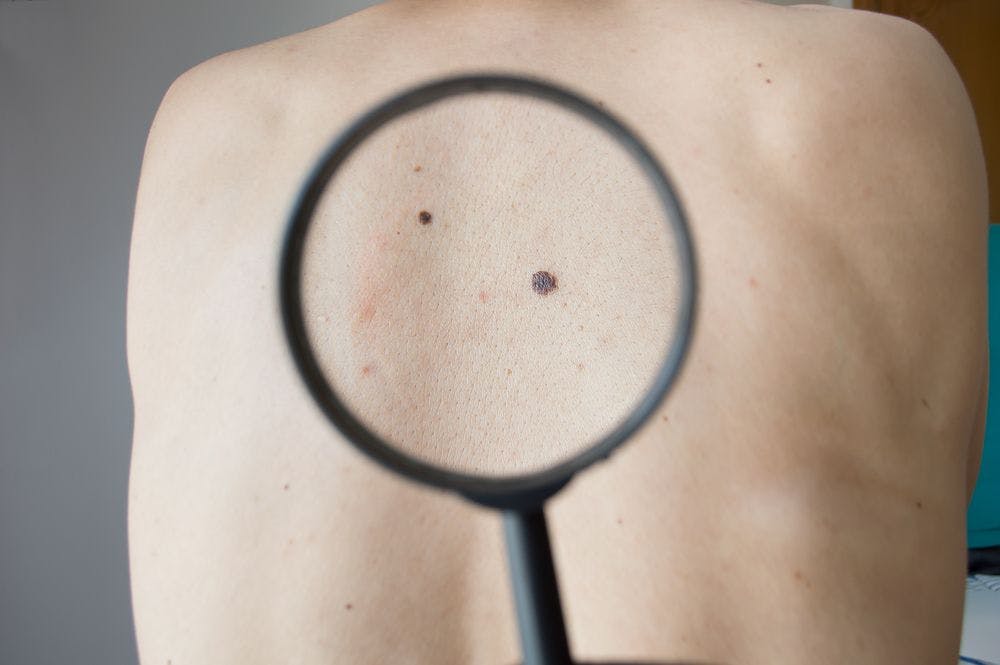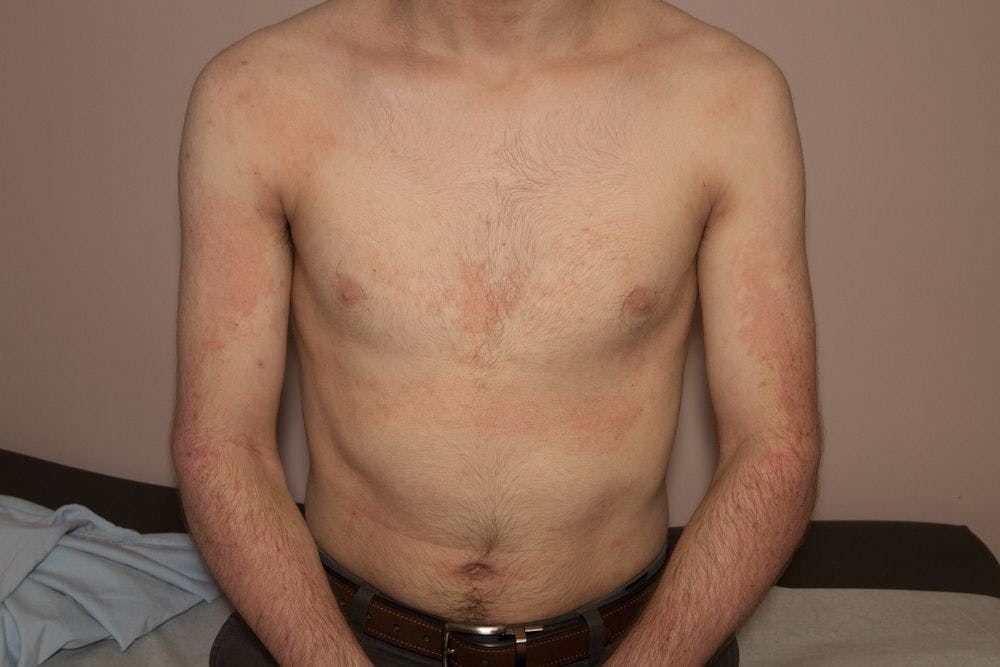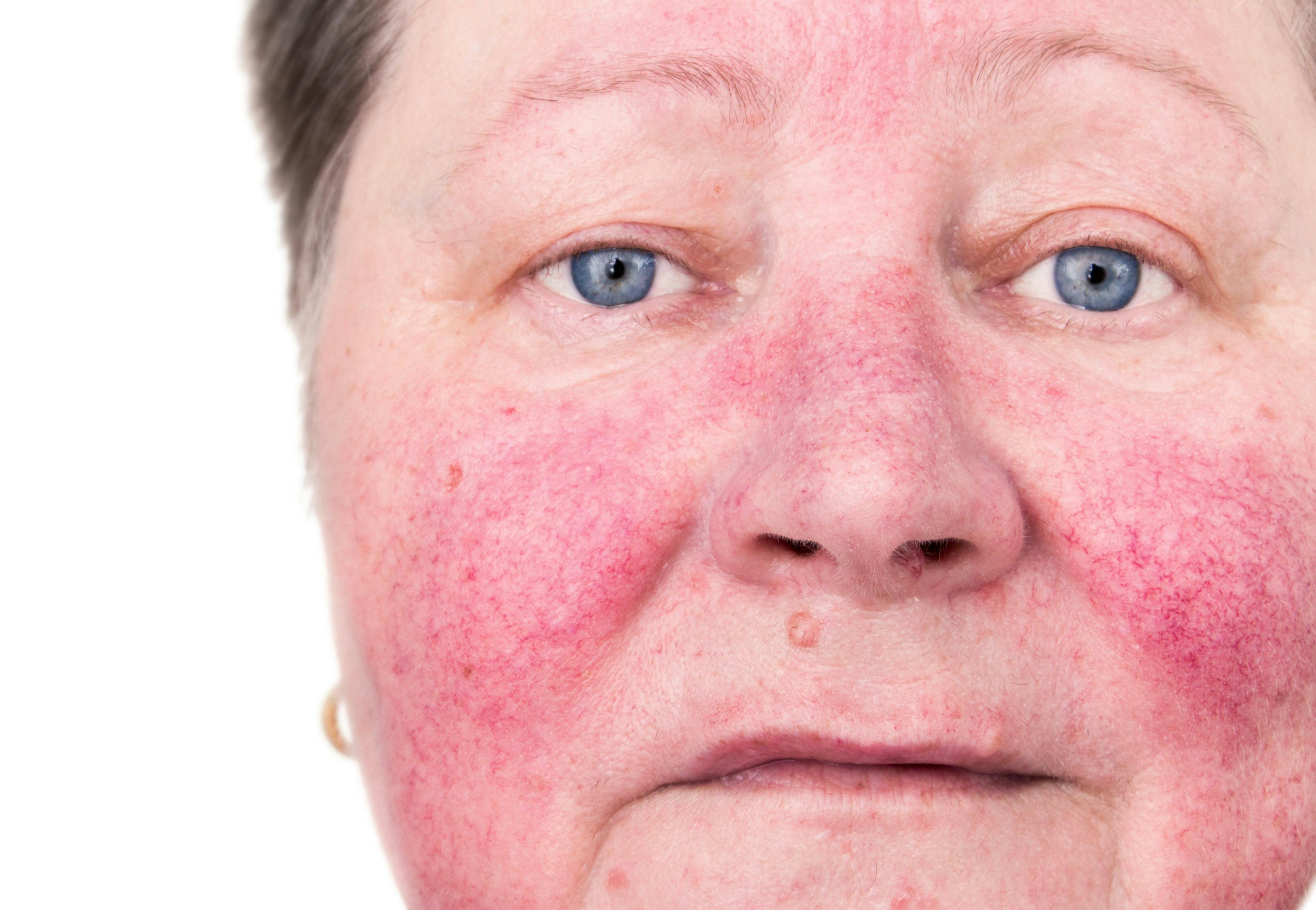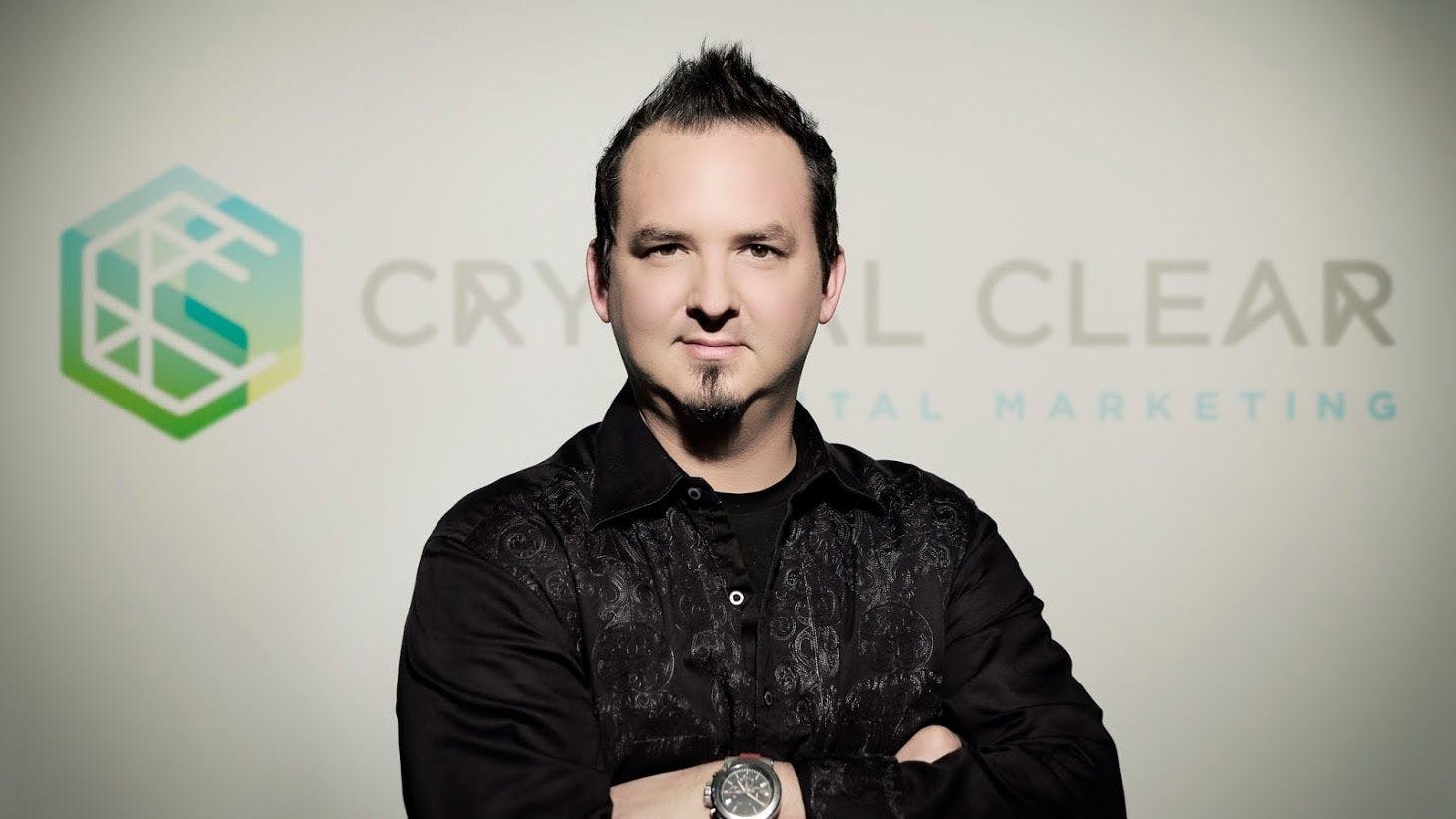- Acne
- Actinic Keratosis
- Aesthetics
- Alopecia
- Atopic Dermatitis
- Buy-and-Bill
- COVID-19
- Case-Based Roundtable
- Chronic Hand Eczema
- Chronic Spontaneous Urticaria
- Drug Watch
- Eczema
- General Dermatology
- Hidradenitis Suppurativa
- Melasma
- NP and PA
- Pediatric Dermatology
- Pigmentary Disorders
- Practice Management
- Precision Medicine and Biologics
- Prurigo Nodularis
- Psoriasis
- Psoriatic Arthritis
- Rare Disease
- Rosacea
- Skin Cancer
- Vitiligo
- Wound Care
Publication
Article
Dermatology Times
Ingredient watch: Tephrosia purpurea
Author(s):
Researchers examine T. purpurea benefits for “well-aging” in mature population.
Tephrosia purpurea extract benefits skin homeostasis, a balance disrupted by endogenous stress, including emotions, and external forces, such as UV radiation and pollution. Clinically, using the extract topically can improve skin appearance - specifically the appearance of dark under-eye circles, according to research published earlier this year in the Journal of Cosmetic Dermatology.
The study’s authors had shown in previous work that the T. purpurea extract helps stimulate well-being hormones while reducing cortisol release. The extract represents a component of “well-aging,” a term and way of life embraced by today’s mature women, who reject the concept of anti-aging, according to the paper.
T. purpurea is a common wasteland weed known for its therapeutic benefits.
Researchers reported in 2010 in Pharmacognosy Research that T. purpurea often is grown as a green manure in paddy fields in India and in tobacco and rubber plantation in other countries.
“It grows ubiquitously in all soils, sandy, rocky and loamy. In India and South Africa, it is used as a fodder before flowering, but in Australia it is reported to cause livestock poisoning. In northern India, dry plants are collected for fuel. All parts of the plant have tonic and laxative properties. The dried plant is deobstruent, diuretic and useful in treating bronchitis, bilious febrile attacks and obstructions of the liver, spleen and kidneys. It is also recommended as a blood purifier, in the treatment of boils and pimples and is considered a cordial treatment,” the authors write.
Among the calls to action of the Royal Society for Public Health’s report “The Age Old Question” is to stop use of the term antiaging in the cosmetic and beauty industries. Mature women are likely to embrace a lifestyle promoting wellbeing and health, better described as “well-aging” or “healthy-aging,” according to the Journal of Cosmetic Dermatology paper.
To study the extract’s impact on well-aging, researchers used normal human epidermal keratinocytes from forehead skin to analyze T. purpurea’s effects in a cortisol release study, a gene expression study and for assays for heme oxygenase-1 (HMOX-1) - which has anti-inflammatory, antioxidative and antiapoptotic properties - and H-quinone oxidoreductase (NQO-1), which has antioxidant activity.
They found the extract significantly reduced cortisol release and induced beta-endorphin and dopamine production. The extract upregulated genes involved in antioxidant response and skin renewal. And the researchers confirmed induction of HMOX and NQO-1 expression.
The authors also studied 21 healthy women who lived in polluted areas, who applied a cream with T. purpurea 2% twice daily. They write that since pollution leads to premature aging and darkened skin especially under the eyes, they looked for the active topical’s impact on skin clarity, skin redness and quantifying skin color. They found that at 14 and 28 days, extract-treated dark eye circles were lighter, as evidenced by reduced skin redness.
“A state of well-being, represented in our study by the secretion of beta-endorphin and dopamine, demonstrated the beneficial impact on this balance and suggests a healthier aging for mature women,” the authors write.
References:
De Tollenaere, M, Meunier, M, Scandolera, A, et al. Wellâaging: A new strategy for skin homeostasis under multiâstressed conditions. J Cosmet Dermatol. 2019;00:1-12.

Newsletter
Like what you’re reading? Subscribe to Dermatology Times for weekly updates on therapies, innovations, and real-world practice tips.





























